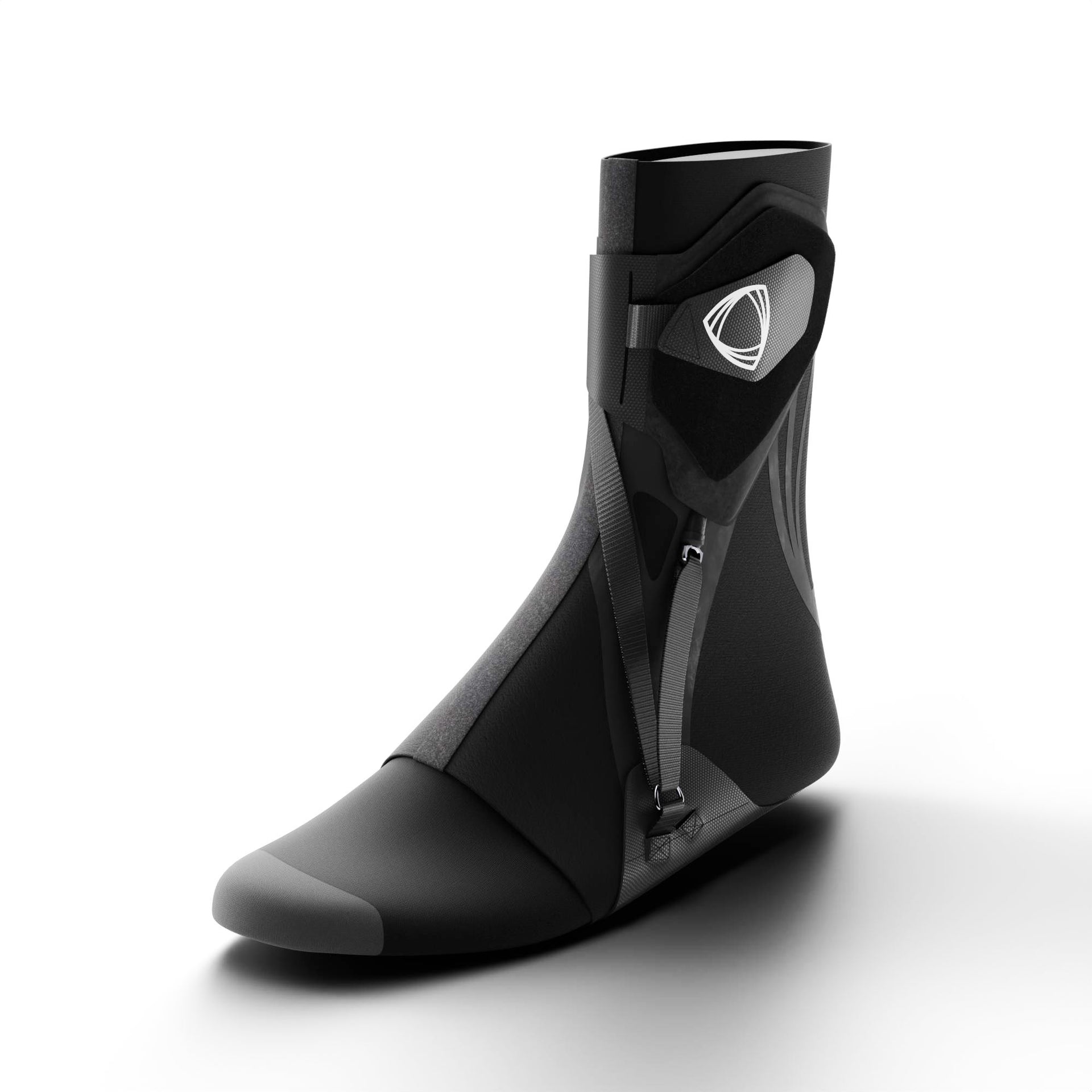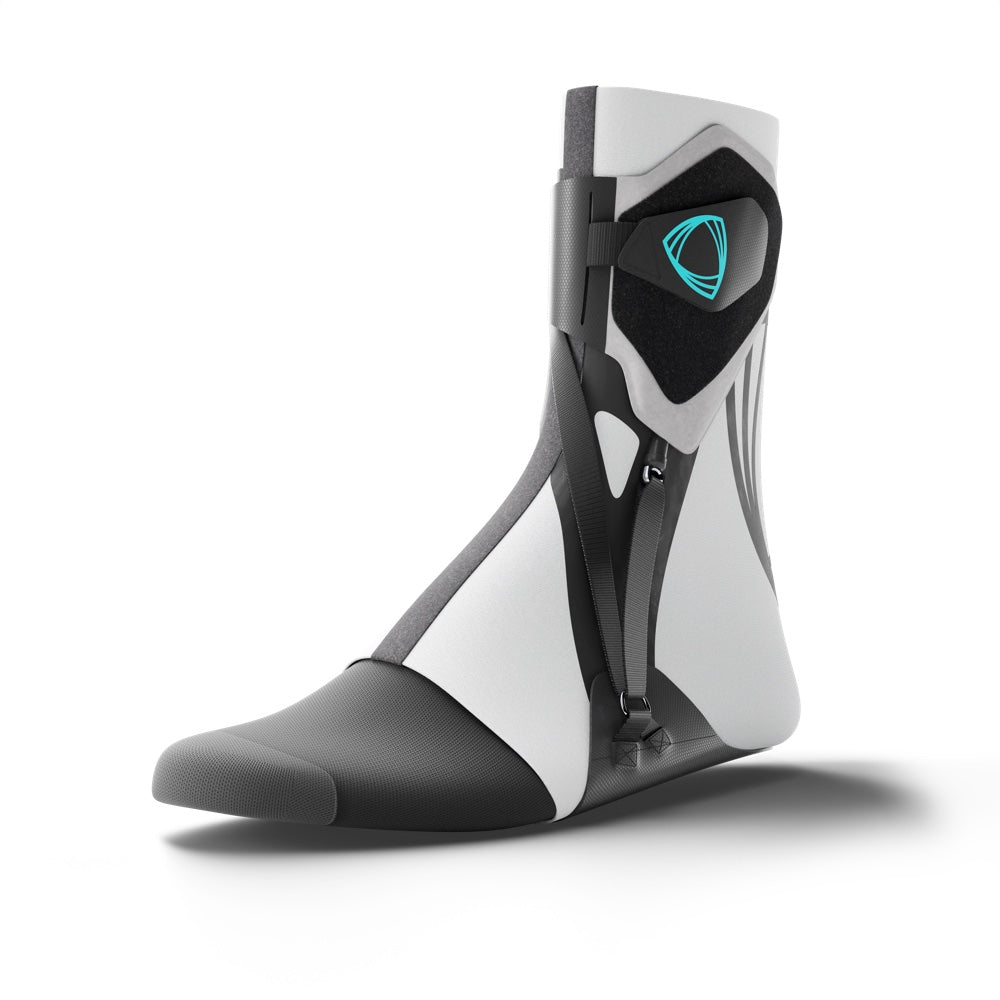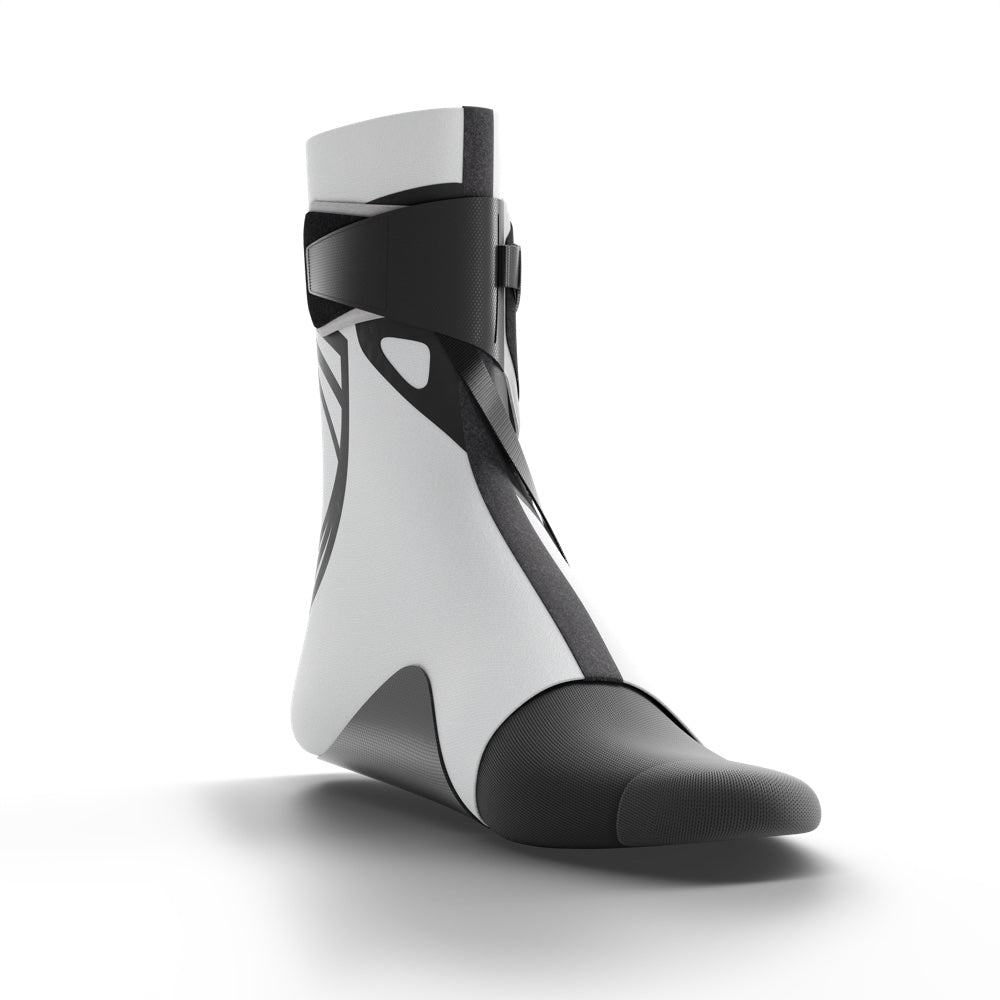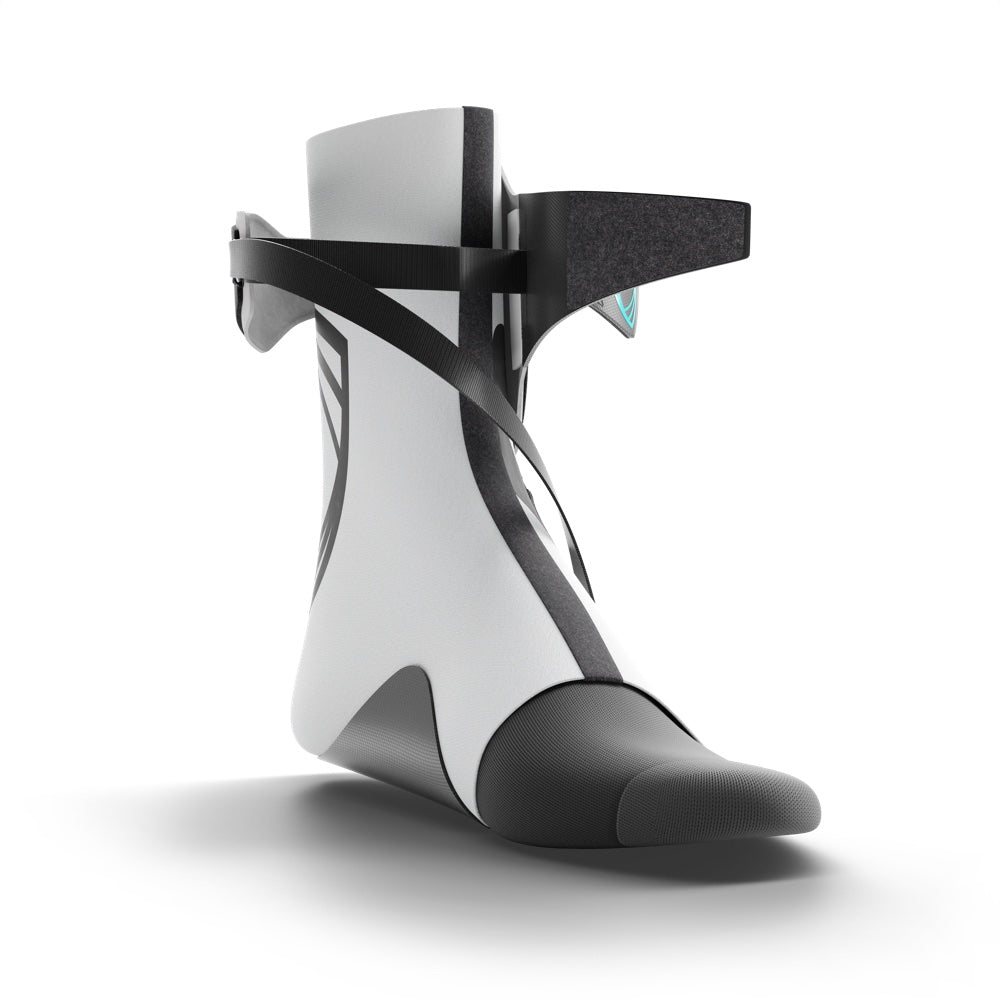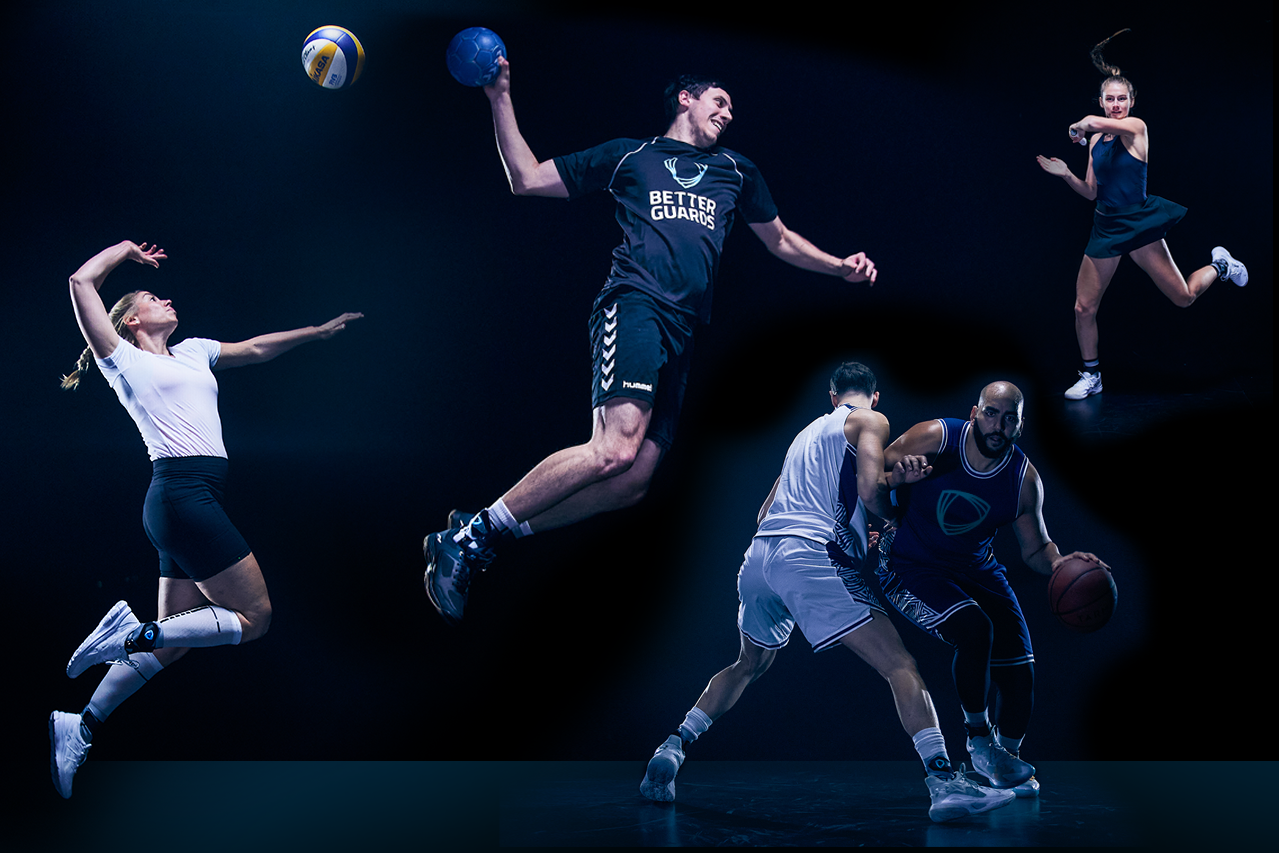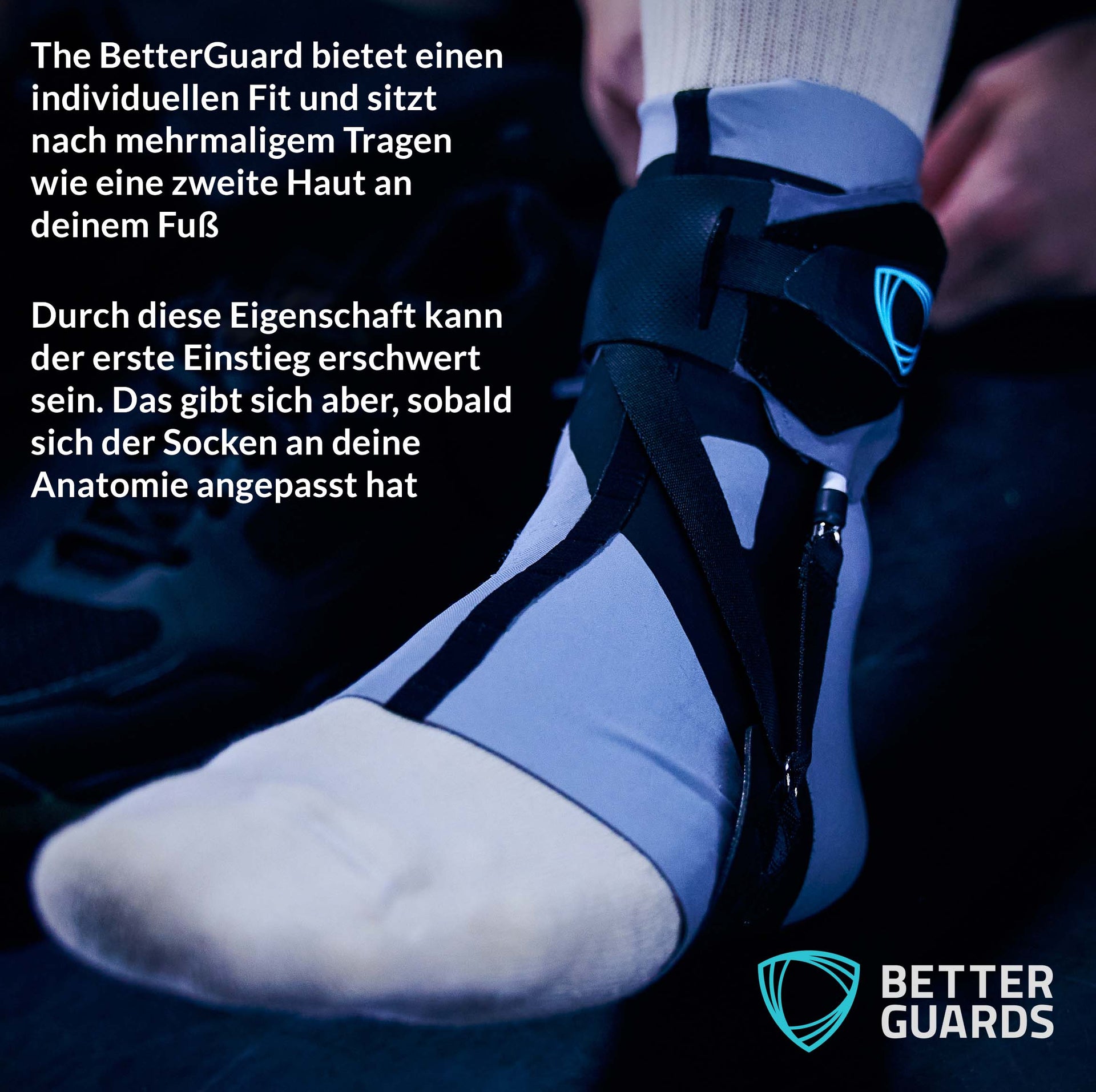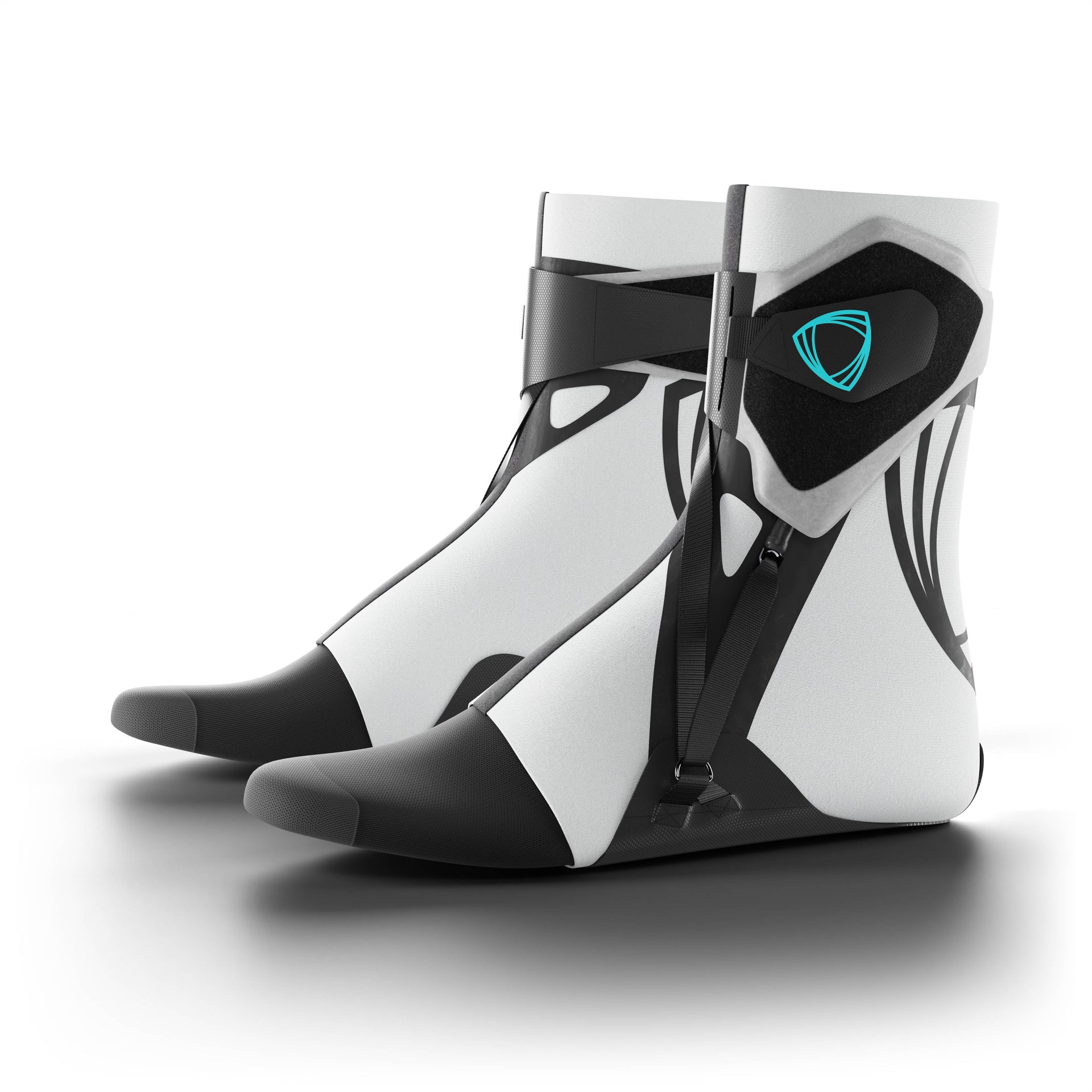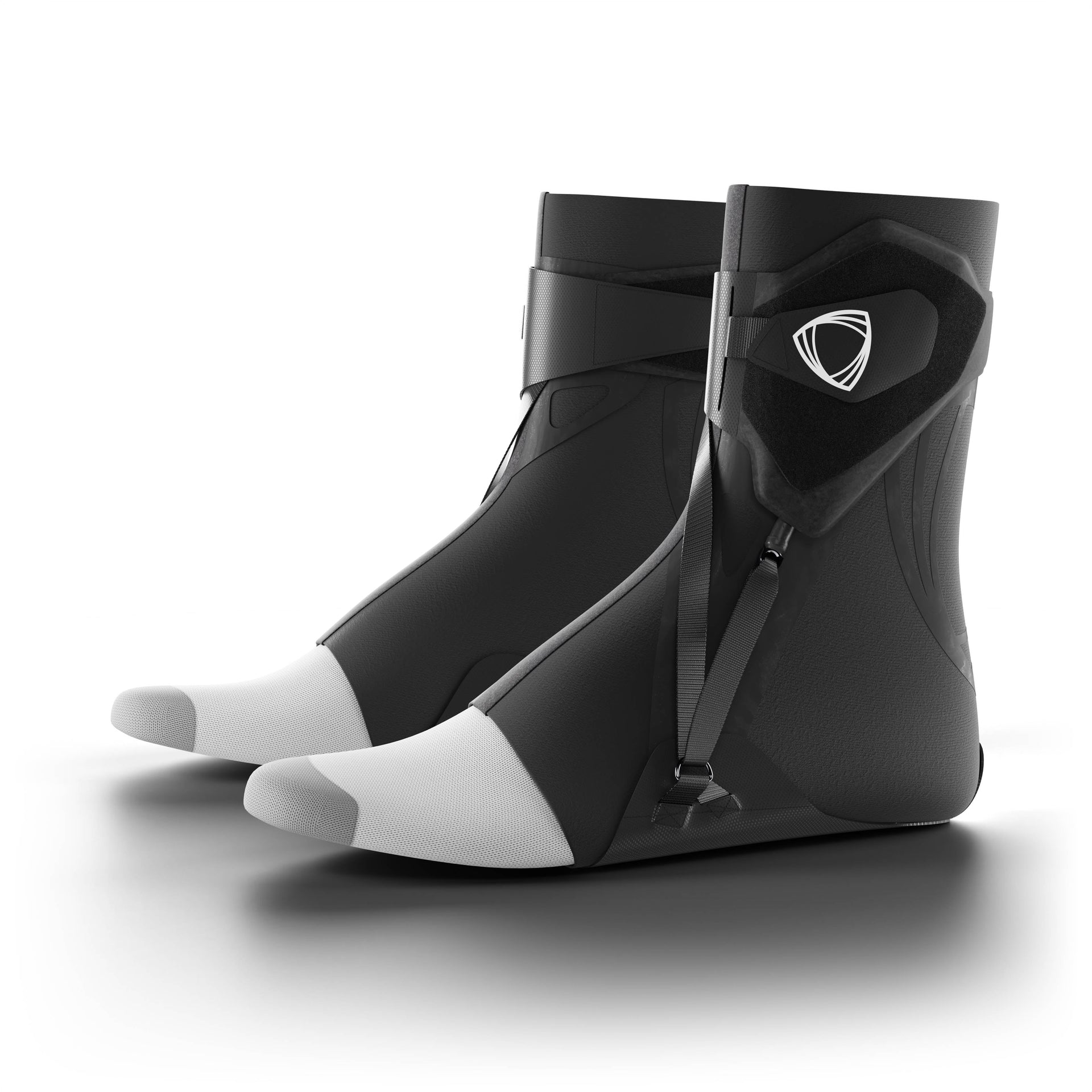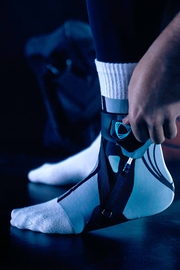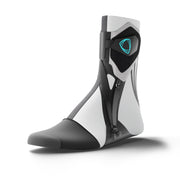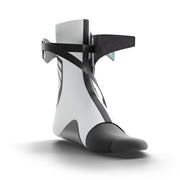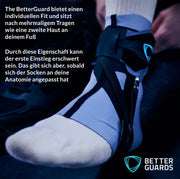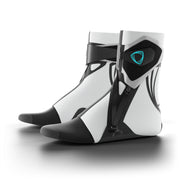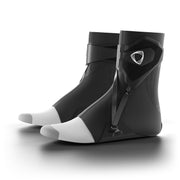
Jogging after an ankle injury - no problem with an intelligent bandage
Do you also run regularly? Maybe in the forest, in a nearby park or on a paved road in the middle of the city? Then you too are part of a huge jogger community . The statistical figures alone make it clear how popular jogging is in this country.
According to this , more than 20 million joggers in Germany regularly lace up their running shoes. On average, they train between 45 and 60 minutes per week. The joggers cover an average of around 6.4 kilometers in 36 minutes. The majority of Germans prefer to run in the forest or alternatively in the park.
Even with classic jogging, injuries are always possible
Compared to other sports such as handball or football, jogging is considered to be a sport with a relatively low risk of injury . That's true, but it's only half the truth. Because aspects such as false ambition, a technically unclean running style, bad shoes, difficult ground conditions and often unrealistic goals increase the risk of injuries .
Too high a physical strain is often expected of one's own body. Even more running kilometers, an even higher pace and, ideally, additional weights on the body - this means permanent stress for muscles, joints and ligaments. In the end, this overload results in many different bruises and injuries .

Particularly typical jogging injuries:
- Knee Pain and Other Knee Injuries (aka Runner's Knee)
- classic overuse injuries such as tractus syndrome (ITBS; irritation in the lateral knee or hip area)
- Achilles tendon pain
- ankle injuries
- Shin splints syndrome (shin splints; muscle irritation)
- stress fractures
- Plantar fasciitis (painful, chronic inflammation in the heel bone area)
- Back pain in the area of the lumbar spine
Jogging in the forest - high risk of ankle injuries
Comparatively often, this mainly leads to ankle injuries . This is not only due to a possible overload, but also due to the additional risk factors. These include, for example , uneven ground, sandy subsoil, rubble and branches as well as tree roots protruding from the ground . Especially in the forest or in rural areas you will be confronted with these sources of danger when jogging.
A brief moment of inattention is enough and you stumble over a protruding root, for example. The ankle bends outwards over the outer edge of the foot . If you're lucky, you'll catch yourself and avoid a fall. For now, everything seems fine : the joints and muscles continue to function and appear just as stable as before your stumble.

Ligament strain or ligament tear - happens quickly when jogging
But that doesn't have to mean anything. Because this is a typical scenario for ligament stretching . Sometimes you only really notice this some time after the actual incident, when you feel a pulling on your ankle . This is unpleasant, but at least there is no risk of long downtime. In many cases, joggers return to training after about 14 days. But there are also cases in which a stretched ligament was only cured after about four weeks. The problem here: If you get back on too early and don't cure the stretch, the risk of twisting your ankle again increases significantly.
If, instead, you tear your ligament as a result of twisting your ankle unexpectedly, it is usually no longer possible to continue walking . In addition, you usually have acute severe pain and hematomas in the form of bruises or swelling develop relatively quickly. Worst of all, jogging injuries of this kind result in at least six to eight weeks of downtime . Feel free to read the experience report on jogging in the forest by our employee Stella!
Ideal partner when jogging: Bandage for ankle problems from BetterGuards
It usually takes a while before you get back on your feet again. You can read how long it takes to heal a torn ligament in our linked article. Especially since there is often the fear of injuring your ankle again. This need not be.
We have the best solution for you here: the innovative ankle bandage for jogging. Our bandage The BetterGuard was developed for use in sports and fits perfectly into sports shoes without restricting comfort or mobility. After the rehabilitation of ankle injuries, it offers you the necessary preventive protection .
Equipped with a multi-patented technology that triggers precisely when a twisting movement occurs, the ankle bandage stands for adaptive joint protection . The combination of protection and freedom of movement is unique in the world. Most recently, we won the Lightweight Award 2023 in the “Healthcare” category.
The sports celebrities are also enthusiastic about the new sports bandage. Like the former handball pro Kevin Struck, for example. It was only with the help of The BetterGuard that he got his long-term ankle injury under control and fully exploited his performance potential again.


